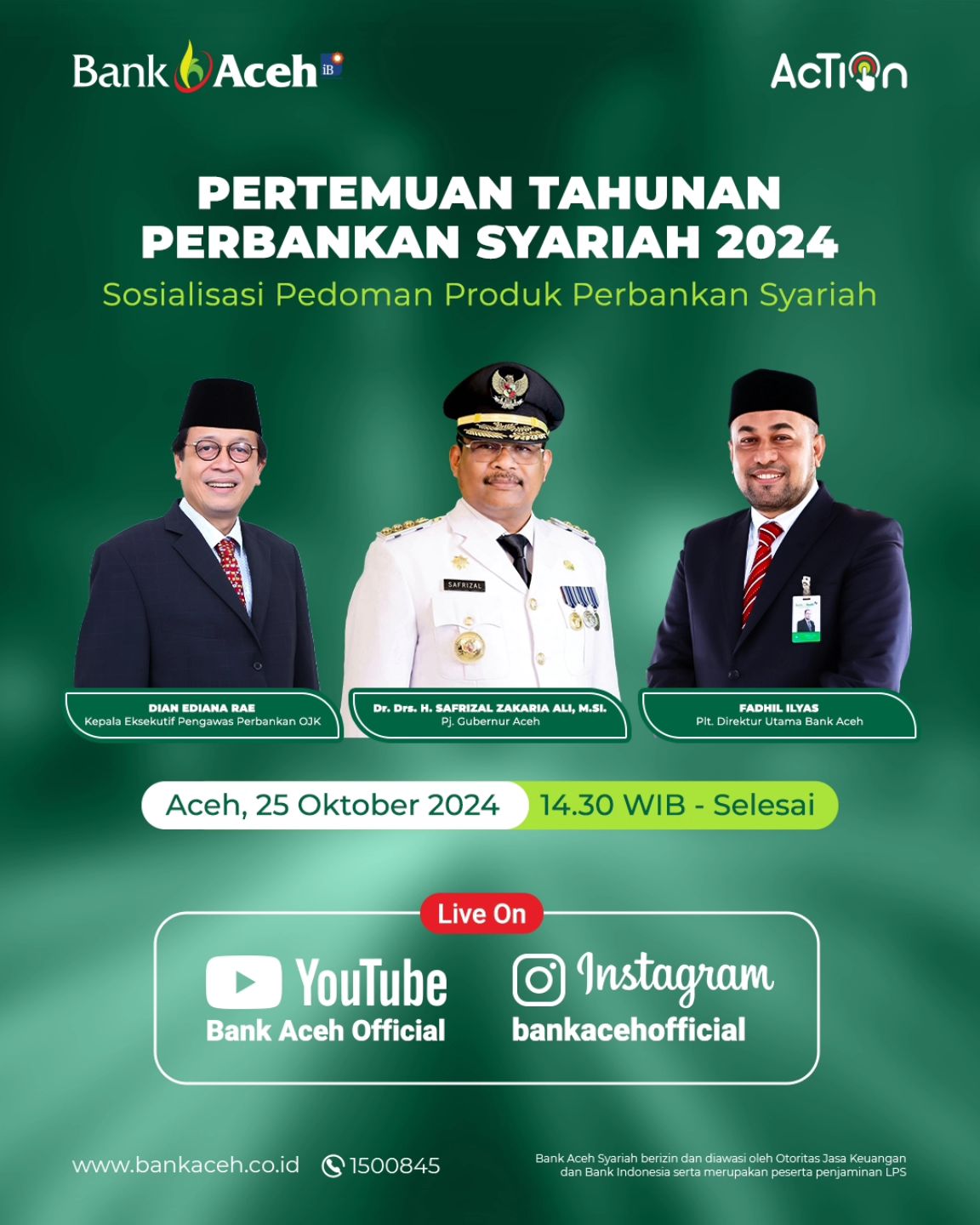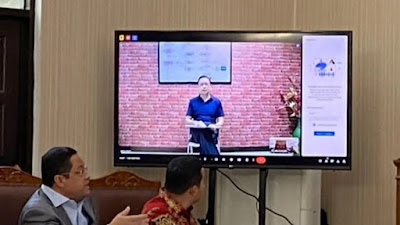Labor migration has been a cornerstone of the United States’ development since its founding. From the industrial revolution to the digital age, immigrants have played a crucial role in shaping the economy and cultural landscape of the country. Today, labor migration continues to be a vital factor, significantly impacting the economy and society, despite new challenges and trends that necessitate the adaptation and enhancement of labor migration services.
Historical Context
Labor migration to the United States has evolved significantly over the centuries. Initially, it was driven by European settlers and later, by waves of immigrants from Asia, Latin America, and other regions. Each wave of migration has contributed to different sectors of the economy, from agriculture and manufacturing to technology and services.
- 19th Century: The Gold Rush and the construction of the Transcontinental Railroad attracted large numbers of Chinese immigrants.
- Early 20th Century: European immigrants dominated, contributing to the booming industrial sector.
- Post-1965: The Immigration and Nationality Act led to a more diverse immigrant population, including significant numbers from Latin America and Asia.
Recent Trends in Labor Migration
Demographic Shifts
Recent data indicates a shift in the demographics of labor migrants. The majority now come from Latin America and Asia, with a significant increase in highly skilled workers. There is also a growing trend of immigrants from sub-Saharan Africa and the Middle East.
- Increase in Skilled Migration: Sectors such as IT, healthcare, and engineering are increasingly relying on highly skilled migrants.
- Latin American and Asian Dominance: These regions continue to be the primary sources of labor migrants, though the patterns are changing with more skilled professionals entering the workforce.
Impact of Policy Changes
Changes in U.S. immigration policy have had significant impacts on labor migration patterns. Policies aimed at restricting immigration have created uncertainties, affecting both employers and workers.
- Policy Shifts: Policies under different administrations have varied, with some tightening and others loosening immigration controls.
- Impact on Employers: Businesses that rely heavily on immigrant labor, such as agriculture and technology, face challenges in workforce planning.
Economic Impacts
Contributions to GDP
Immigrants contribute significantly to the U.S. economy. Studies show that immigrant labor adds billions to the GDP annually, with both low-skilled and high-skilled migrants playing crucial roles.
- Economic Contributions: Immigrant labor is essential in many sectors, driving growth and innovation.
- Job Creation: Immigrants also contribute to job creation through entrepreneurship and filling critical roles in the economy.
Wage Effects
The impact of labor migration on wages is complex. While there is some evidence that low-skilled immigration can suppress wages in certain sectors, high-skilled migration often leads to wage increases and job growth.
- Wage Suppression: Low-skilled workers might experience wage suppression in sectors with high immigrant labor.
- Wage Growth: High-skilled immigrants contribute to overall wage growth and economic expansion.
Social and Cultural Impacts
Integration and Community Building
Immigrants play a vital role in community building and cultural exchange. They bring diverse perspectives, which enrich American society.
- Cultural Contributions: Food, art, music, and traditions from various immigrant communities have become integral to American culture.
- Community Development: Immigrants often revitalize neighborhoods, start businesses, and contribute to local economies.
Challenges of Integration
Despite their contributions, immigrants face significant challenges in integration, including language barriers, discrimination, and legal uncertainties.
- Language Barriers: Non-English speaking immigrants often face difficulties in finding employment and accessing services.
- Discrimination: Immigrants may encounter xenophobia and bias, affecting their ability to integrate fully into society.
Case Studies
Agricultural Sector
The agricultural sector heavily relies on immigrant labor. Recent trends show a decline in the availability of immigrant workers, leading to labor shortages and increased production costs.
- Labor Shortages: Policies restricting immigration have led to labor shortages in agriculture.
- Economic Impact: Increased production costs and potential declines in output affect the overall economy.
Technology Sector
The technology sector has seen a significant influx of highly skilled immigrants. These workers are essential for maintaining the U.S.’s competitive edge in innovation.
- Skilled Workforce: Immigrants with expertise in STEM fields drive technological advancements.
- Innovation and Growth: The presence of skilled immigrants fosters innovation and economic growth.
Future Trends and Projections
Aging Population
The U.S. is facing an aging population, and labor migrants are seen as a solution to potential workforce shortages.
- Workforce Sustainability: Immigrants are essential for sustaining the workforce as the native-born population ages.
- Economic Stability: A steady flow of immigrants can help maintain economic stability and growth.
Climate Change and Migration
Climate change is expected to influence future migration patterns, with more people moving due to environmental factors.
- Environmental Migration: Climate change may increase the number of environmental migrants.
- Policy Implications: The U.S. will need to adapt its immigration policies to address new migration trends.
Policy Recommendations
Comprehensive Immigration Reform
To address the challenges and harness the benefits of labor migration, comprehensive immigration reform is essential.
- Balanced Approach: Policies should balance security concerns with the economic need for immigrant labor.
- Support for Integration: Enhanced support for immigrant integration, including language and job training programs.
Support for Businesses
Businesses that rely on immigrant labor need support to navigate the complexities of immigration policies.
- Simplified Processes: Streamlining immigration processes for businesses can help them access the labor they need.
- Incentives for Hiring: Providing incentives for hiring and training immigrant workers.
Conclusion
Labor migration remains a cornerstone of the U.S. economy and society. Despite the challenges, immigrants continue to contribute significantly to the nation’s growth and cultural richness. Moving forward, balanced and inclusive policies will be crucial to maximizing the benefits of labor migration.[]









































